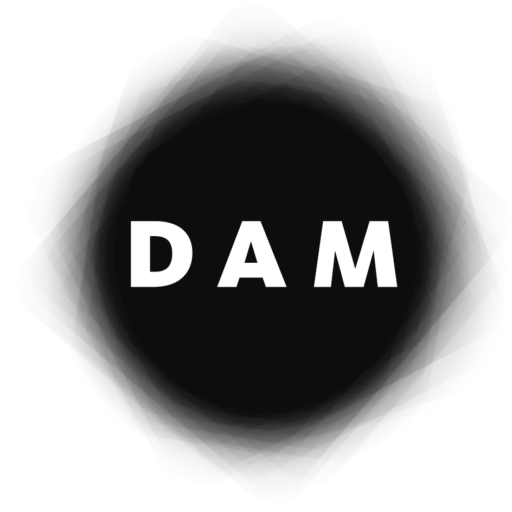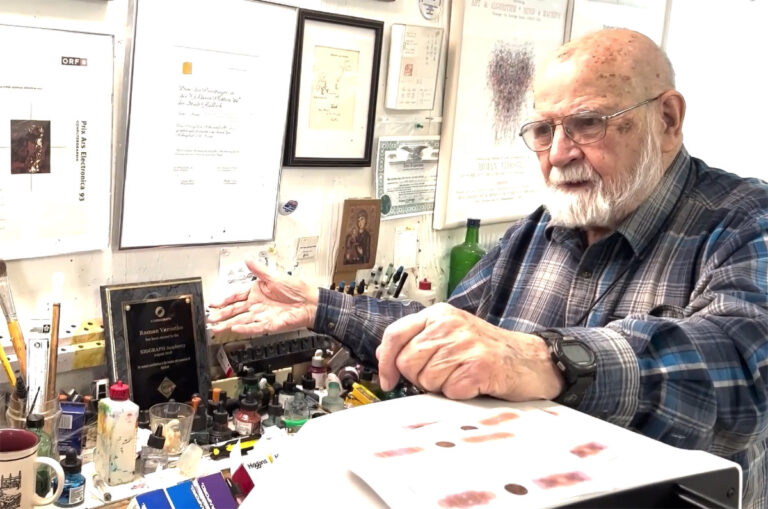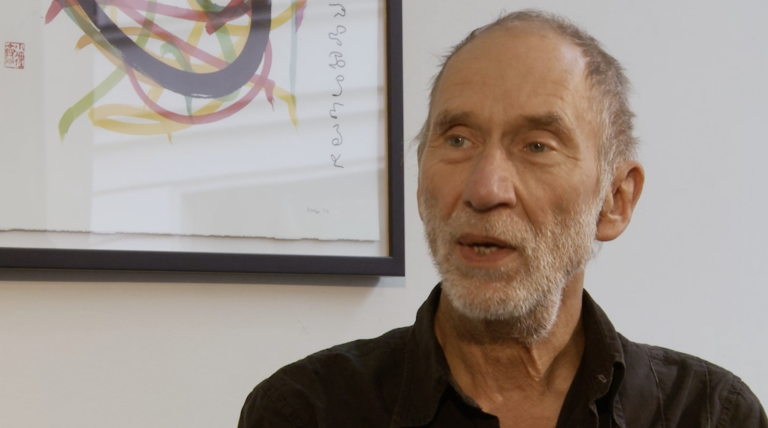
About Casey Reas
Casey Reas is one the leading artists creating software-based, generative artworks nowadays. He is the co-creator, with Ben Fry, of the programming language Processing (2001) and has authored many books on creative coding.

Casey Reas on code as a creative medium
Casey Reas is interviewed by Willa Köerner about his exhibition Social Codes on Feral File
“Artists have been working with code since the mid-1960s; it’s not something that’s new to this moment. As one example, Vera Molnár is a nearly 100-year-old artist working in drawing and concrete visual systems who began to code well into her career as a way of enhancing her work in the studio, since it allowed her to explore more ideas quickly. […]”
He also comments on the importance of software in today’s creative practices, and how it can be used by artists not only as a tool, but as a medium in itself:
“Software has eaten the world, but there are two different ways of thinking about it. In one way, artists are using software as a replacement for analog media. These artists are using a photo editing program instead of being in the darkroom, or using a vector editing program instead of sitting at the drafting board. That’s using software as a tool.
An important difference for the artists exhibiting work in Social Codes is that they’re all utilizing software as a creative medium. They’re doing things with software that could not be done in any other media, and they’re utilizing its ability to change as a way to choreograph time.”
Reas stresses the importance of websites as spaces in which to showcase an artist’s work, comparing artist’s website to books or catalogues, and even more than just documentation of a physical exhibition, as a medium in itself. As most creators have stopped developing their own online spaces to distribute their work through social media, Reas points out that platforms such as Feral File create a specific space to view artworks in the context of a curated show:
“People have grown accustomed to posting their work to these very bland commercial spaces like Instagram, for example. But those platforms create such a constrained environment for expression and for viewing work. Everything’s sort of the same size in an endless scroll, all jumbled together. While Feral File is not a response to Instagram, it is a place for artists to show their work in an intentional way.”




